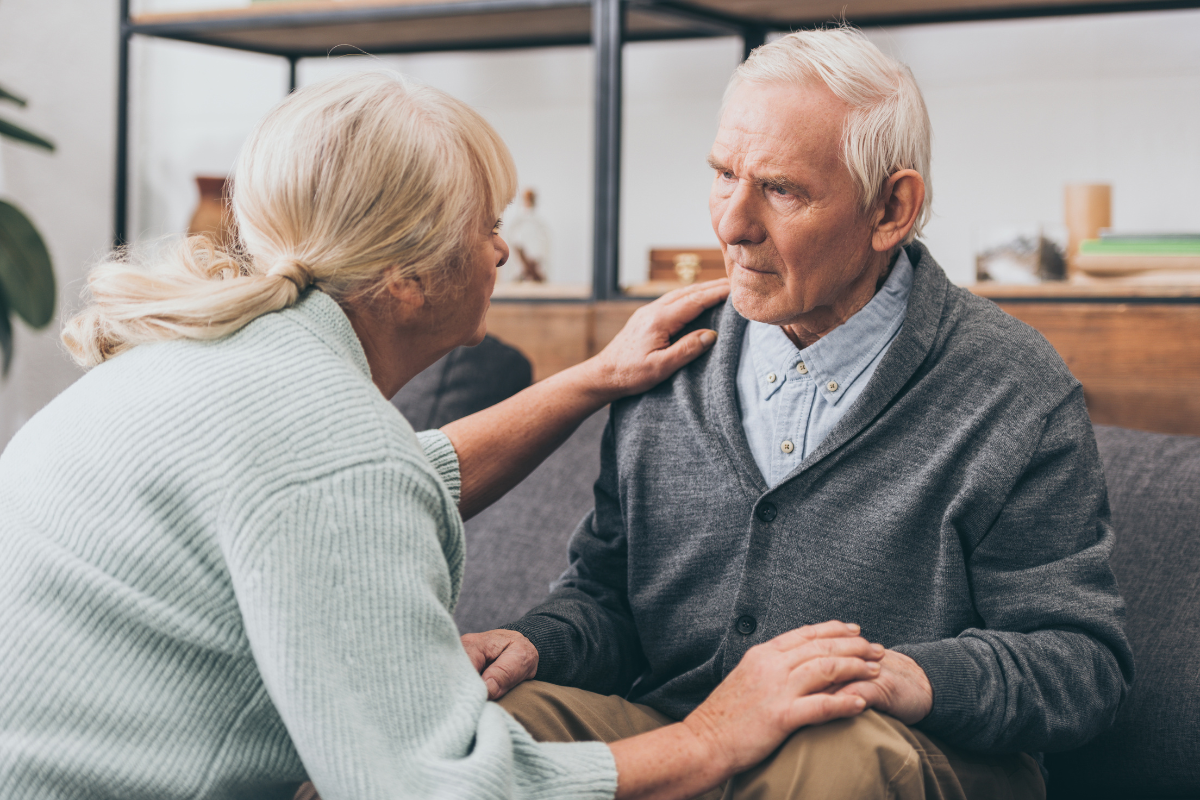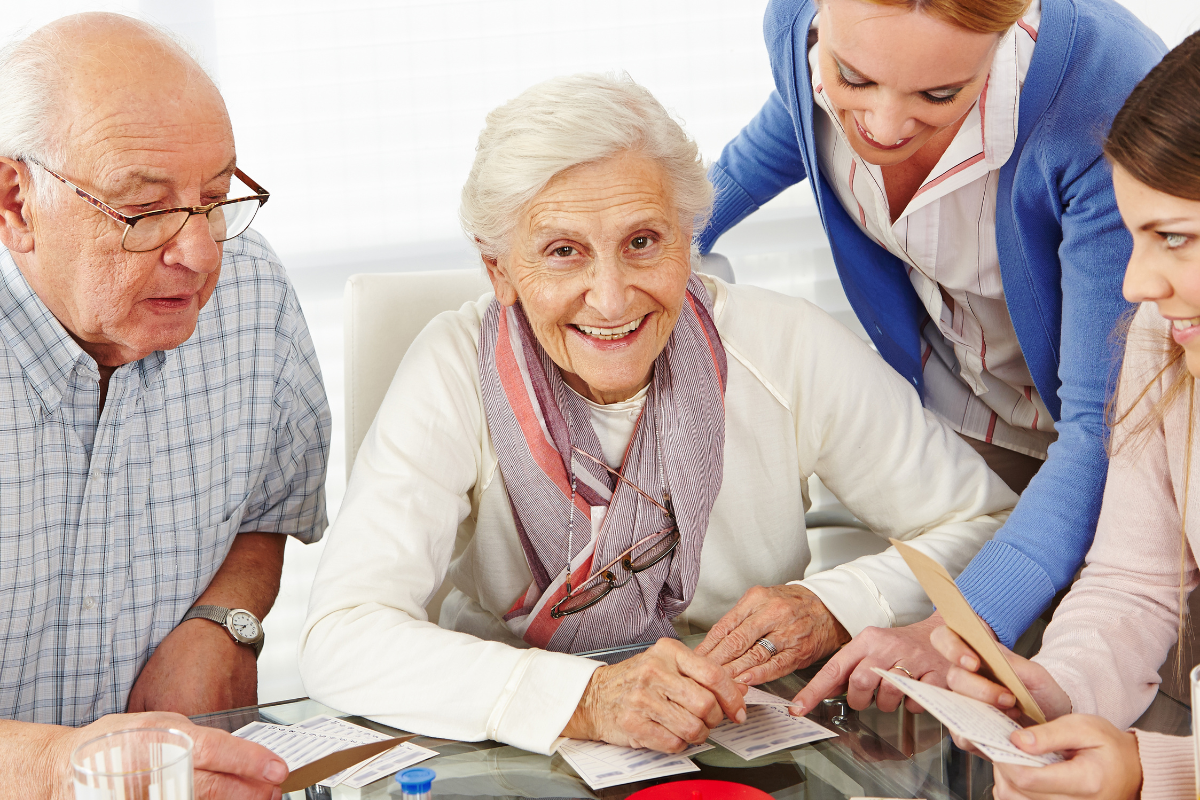4 Ways Palliative Care Works Through Chemotherapy

Daniela O’Neill, a nurse practitioner with Crossroads Hospice & Palliative Carein Philadelphia, cares for cancer patients going through chemotherapy all the time. This includes some patients who are even as far as their fourth trial round of the treatment.
As patients and their families are so desperately invested in being cured of their cancer, it is imperative that the palliative support goes beyond the simple concepts of pain and symptom management.
“When it’s in a palliative nature, you’re still at a point that you’re looking to extend that time,” Daniela said.
In this case, the palliative arm of the patient’s cancer treatment must work as a well-oiled machine to support the patients, their families and the physicians through this physically, emotionally and spiritually difficult time.
Here are four ways palliative care works through your patients chemotherapy to offer this support:
1. Combatting chemotherapy’s side effects
When providing symptom and pain management for patients of chemotherapy, it’s important to remember that it’s not just the cancer’s symptoms that must be addressed, but the side effects of the chemo itself. This could include anything from fatigue and weakness to a diminishing appetite.
“I like to make sure the medications that they need [are in place],” Daniela said. “[One patient’s] chemo specifically causes increased weakness. So part of what combats that is they give him something called dexamethasone. So he has to take a dose of it two days prior to his chemo treatment. So I always go out the week before to make sure that all of that is in place for him.”
Something else important to keep in mind, as was covered in another blog about the integration of palliative care into oncology practice more generally, is the importance of being able to see the patient in their home, diagnose potential issues in this environment and address them accordingly.
“A lot of patients go [to their doctors and say ‘oh we’re fine, Yeah, everything’s ok.’ But because we see them in the home, we know that not everything is ok. We get the insight of things like patients coming home from chemo treatment and falling within two hours of being in the door, but never reporting it to anybody except us.”
2. Educating a patient and their family
While palliative care truly puts the patient at the center, it’s important to keep their family informed as well, says Daniela.
“You do your basic education and make sure [the patient and their family] truly understand what they’re doing with the chemo treatment. Like what the side effects can be and what to look out for when they’re coming home.”
Much of how this looks often plays into the next way that palliative care works through chemotherapy.
3. Coordinating care
The next function of this arm of a patient’s cancer treatment is to simply make sure everything is in place.
“I coordinate with the oncology department,” Daniela said. “So I do talks with the nursing staff, I know when they’re scheduled for chemo and radiation, I always get a copy of their blood work the week before just to see where they’re at because if they’re already low on some levels it puts them at a higher risk for other things.”
This includes the family, clarifies Daniela.
“We’ve got to try and process this with the families,” she said. “Just advocating for the patient and making sure that everybody is on the same page of knowing what the goals are for that patient.”
Knowing that a patient is only continuing to aggressively pursue treatment for a cure when they are ready to move on, solely because of their family’s wishes, can be tragic to watch. It is central to a patient’s well being to ensure that everybody is on the same page in this regard.
4. Meeting a patient where they are
“[Palliative care] brings a pure sense of looking at the patient on an individual level,” Daniela said.“We truly do patient centered care.”
While oncologists, physicians, and other potential parties involved are tasked with the specific things such as killing a tumor and finding a cure, people like Daniela are tasked with managing the smaller nuances specific to that patient. When was their last chest x-ray? How is their appetite? What effect is the treatment having on their personal life? Has it gone too far?
“For us, I will say it’s always about where a patient is in their disease process,” she said.
“Do they want to continue? Are the physically capable of continuing? Do they want further treatment? A lot of families want to know is the treatment even working? What is it doing?”
Just meeting a patient where they are, supporting them in every sense of the word, and advocating for them during this confusing time.
“Each time that they’ve had their chemo treatment, I really try to sit in and process the chemo treatments with them. Process if this is what they want.”
And that’s what it all really comes down to. Is this what the patient wants? Crossroads will do anything in its power to ensure that is fulfilled.
To learn more about palliative care and its role in oncology, please call Crossroads Hospice & Palliative Care at 1-888-564-3405.
If you found this information helpful, please share it with your network and community.
Copyright © 2016 Crossroads Hospice & Palliative Care. All rights reserved.




